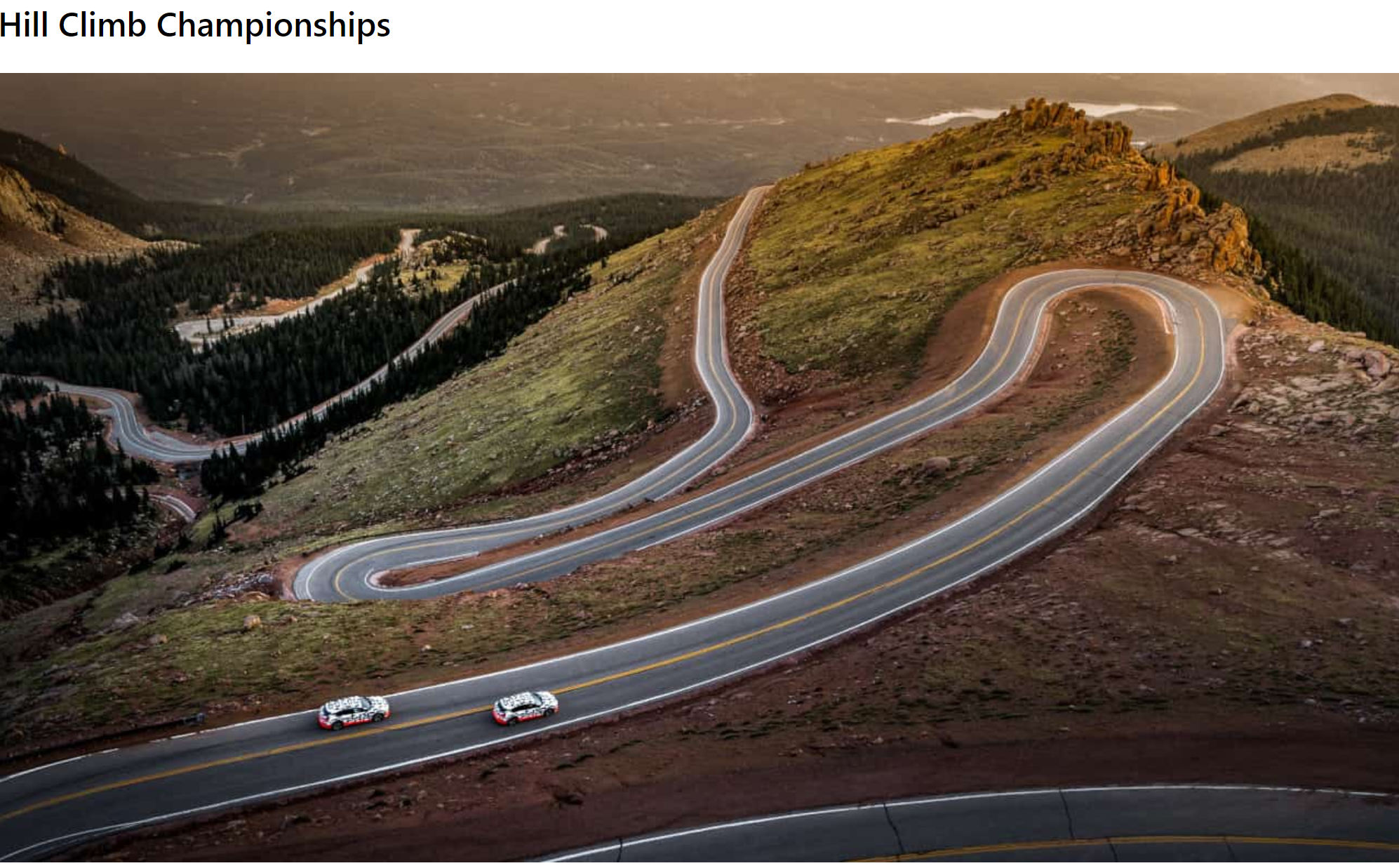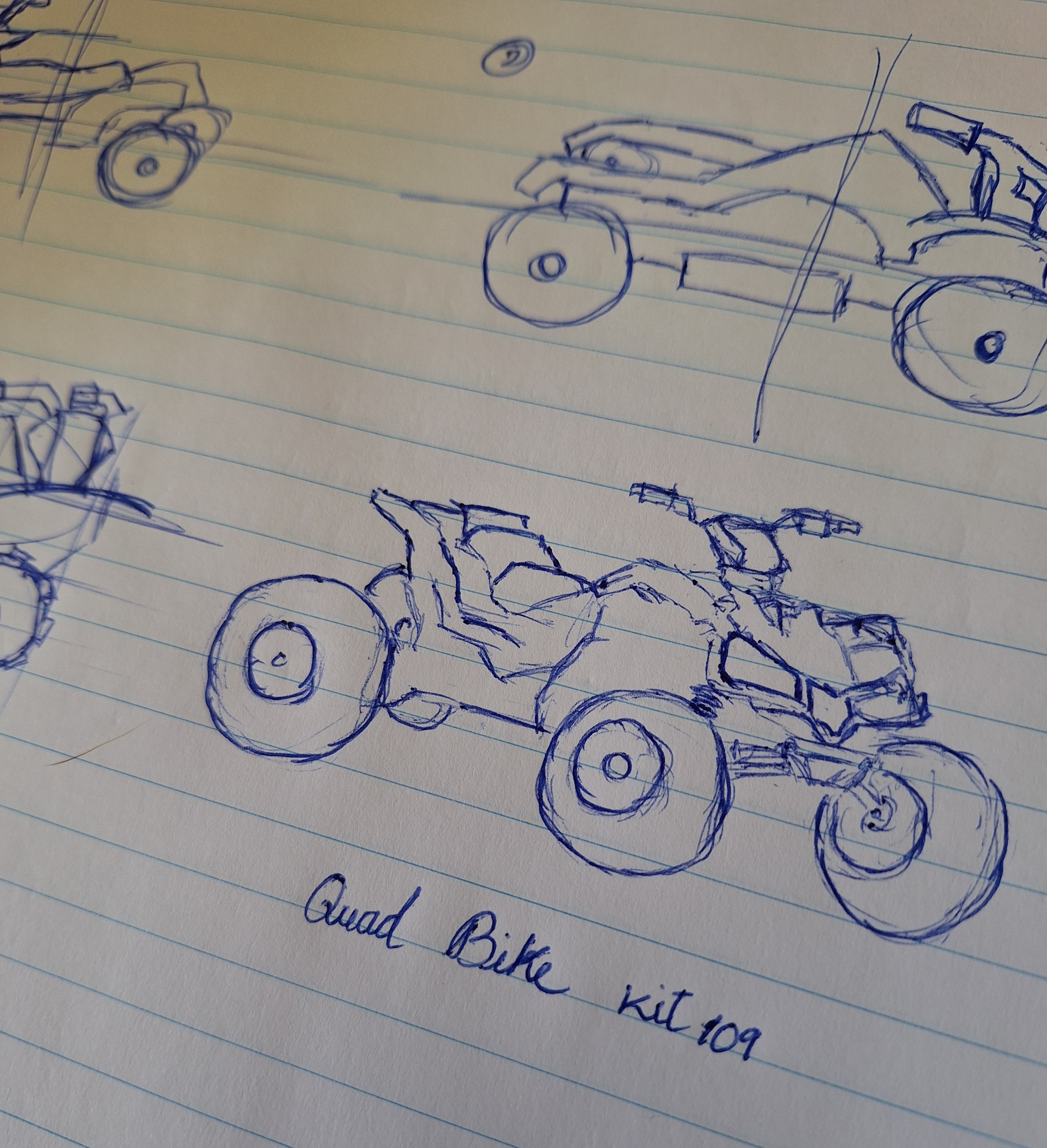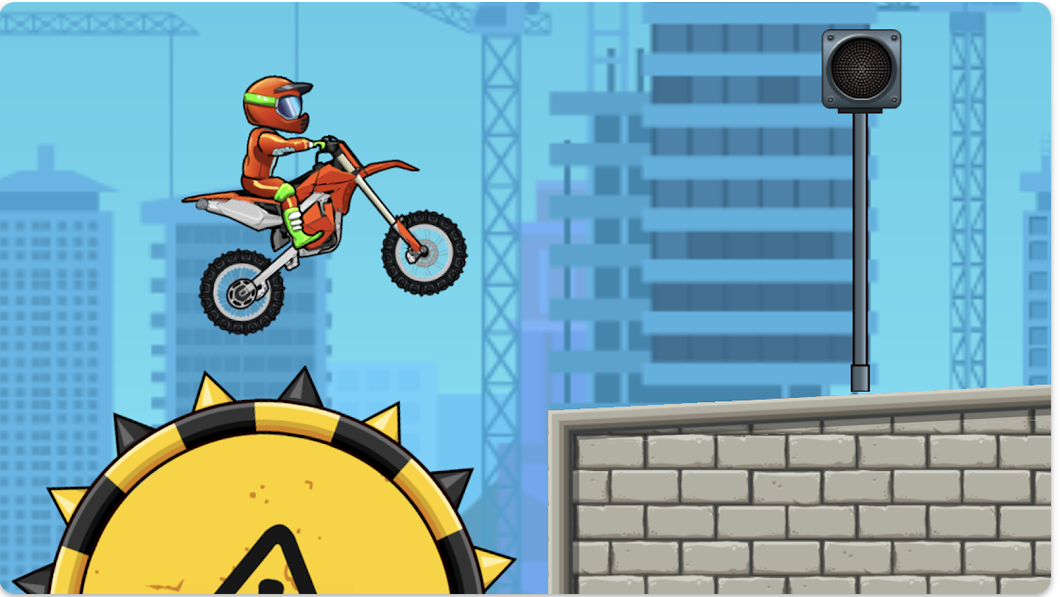Game Concept
The working title:
Hurry Get There!
The concept statement:
In Hurry Get There! The player will be driving a car in a 2D map taking place in the desert where the player needs to get from a start point to the destination point as fast as possible to prevent running out of gas. The player will find gas items on the way and obstacles such as kangaroos and debris that will destroy the car if not avoided.
Genre or category of game:
Hurry Get There! Is a 2D platform racing game with basic physics and mechanics.
The platform category is assigned to the game since the player moves between points in the scene and interacts with the terrain by driving, climbing and falling.
The race genre is assigned to the game since the player races against itself to not be defeated by running out of gas.
Concept creation process:
The concept creation of the game was influenced by a few ideas compiled together. The creation process was developed with the Mash-up method. The method combined a few relevant ideas that were developed overtime using brainstorming and putting together concepts from daily life and study materials learned during the semester. Some relevant examples of it: Real life experience and website articles.
In the next stage of the concept creation, the few ideas were combined to come up with a final innovative concept that includes cars, hills and obstacles all together.
To elaborate, the first idea comes from a real life scenario while 4 wheel driving on the tracks with little fuel in the tank and trying to get to the nearest camp to refuel. Another idea comes from a motorsport competition called “FIA European Hill Climb Championship”. Where professional drivers compete for the best time starting from a point located in a mountain to the finish line.

An example of how the game genre was primarily influenced by a NES game called “Excitebike”. Excitebike is one of the most played games in my childhood where the riders use an obstacle (ramps) circuit to compete with each other.

Audience and competitive analysis:
Anyone that plays the game will be fascinated by the concept of driving a car as it is something that we all do on a daily basis and also kids would love to know how it would feel to drive a car even if it is just a game!
The game uses a basic and easy to understand movement mechanism to prioritize a smooth interactive game experience. Therefore, the game will attract a wide range of players from different cultures, age and gender.
The game is designed for a casual interactive experience however, it could become very challenging for players because they will encounter different terrains, obstacles and they will feel the pressure of running out of gas. These functions will also attract hardcore gamers who like the challenge! <Players with a specific interest in cars, obstacles and a good terrain map!>.
A game with different levels will challenge those who would like to try different things. The scene on those levels will be well elaborated to run it as smoothly as possible and provide a satisfactory experience. An added feature and design in the game is background music that will attract people.
Game treatment and concept art:
The concept treatment of the game is about a 2D vehicle car ( GameObject) that moves in the X and Y axis in the scene to get to a destination.
The GameObject will have scripts and components such as Rigidbody, 2D physics and Colliders.
The scene will be a desert 2D platform map with obstacles such as kangaroos jumping out from nowhere and due to severe weather conditions dangerous debris coming towards the car. For the terrain obstacles the use of 2D joints and Effectors will be used.
The end game will be running out of gas or destroying the car due to damage received from the impact of the kangaroos and the debris. The kangaroos will be okay, don’t worry!
The idea behind this statement is that the GameObject (vehicle car) will have scripts to recognize the distance travelled on the map and assign it the usage of the gas. Colliders and Triggers will help the idea of receiving damage from debris and other GameObjects such as Kangaroos!
- The player will find a setting system in the game to link the start game, high scores and to exit the game, you will love it!
- The player will be fascinated by the quality of the 2D features found in the game.
- Challenging world levels and different environments where the player will be facing hills, water obstacles and suspension bridges.
- Great sound effects and background music for a more enchanting experience while playing the game.
- The player will experience the mechanics of the game such as: Sprites, 2D Joints, Effectors 2D, Colliders and Rigidbody 2D.
The game will have a well elaborated 2D terrain that will simulate the trip of the car getting to the final destination. The game will have terrain obstacles such as hills, water obstacles, suspension bridges and cliffs. Figure3: Terrain obstacles( sketch creation using krita) shows a concept art of the terrain obstacles. For the sketch development we use Krita digital art program.
For the prototype of the GameObject vehicle car we sketch several vehicles to analyse and enhance the experience of the audience. Examples of some drawings are shown below in Figure 4: Vehicle Sketch.

The gameplay of Hurry Get There! Will be based on some concepts of a well known game called Moto X3M Bike Race Game, where physics on the player GameObject are used and simulate the trajectory of the player to the destination. Also, the interaction of the player with the terrain obstacles.

Referencing: ( Compulsory):
- Ace Viral. (20015). Moto X3M Bike Race Game.https://play.google.com/store/apps/details?id=air.com.aceviral.motox3m&hl=en&gl=...
- Cook, E. (2022). What is Hill Climb Racing? https://www.stratstone.com/blog/what-is-hill-climb-racing/
- Frank, P. (2007). Excitebike Review. https://www.gamespot.com/reviews/excitebike-review/1900-6168454/
Hurry Get there! - KIT109
| Status | In development |
| Author | XxumamarcaxX |
| Genre | Racing |
More posts
- Documentation and User Guide.May 31, 2024
- Updates based on testing sessionMay 30, 2024
- Game TestingMay 26, 2024
- User Interface / PolishMay 25, 2024
- Presentation / GraphicsMay 18, 2024
- Enemies/InteractionMay 11, 2024
- Basic Level BlockingMay 05, 2024
- Player MovementApr 26, 2024
Leave a comment
Log in with itch.io to leave a comment.